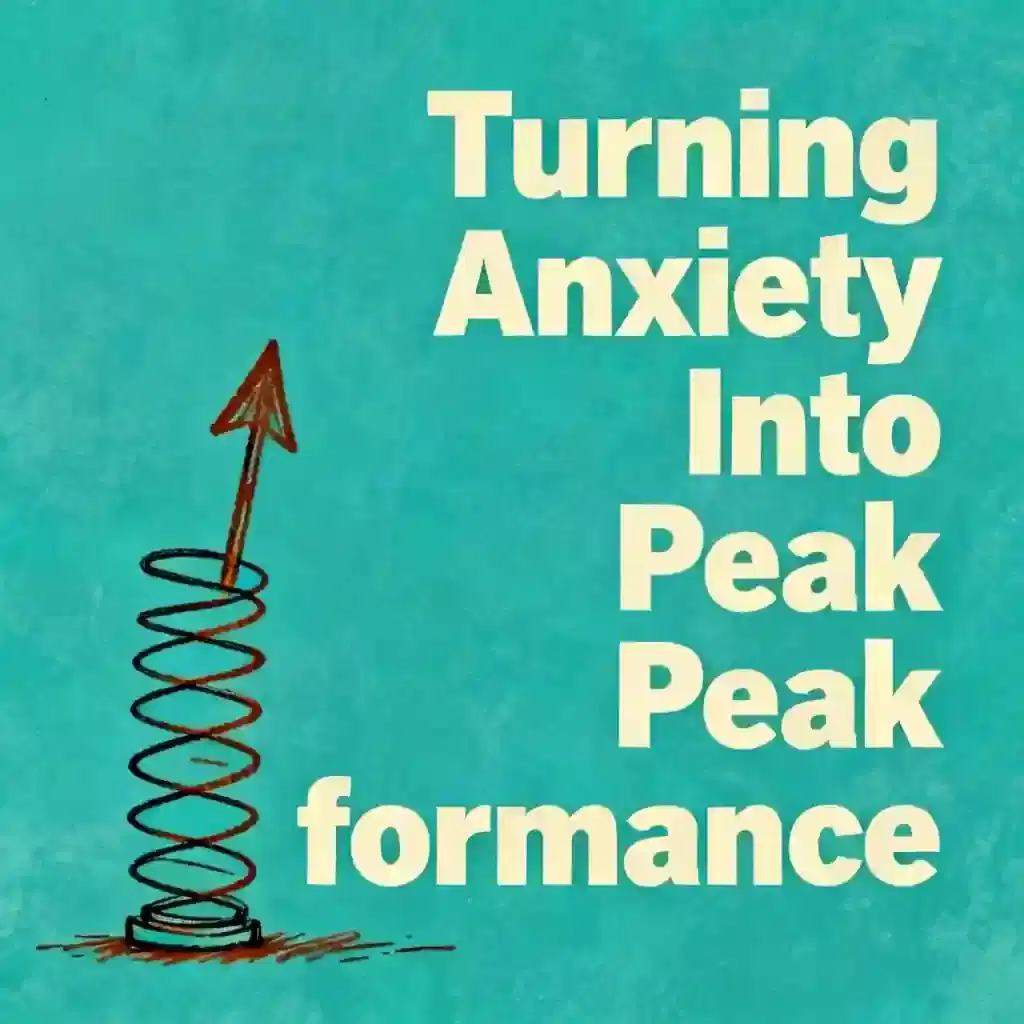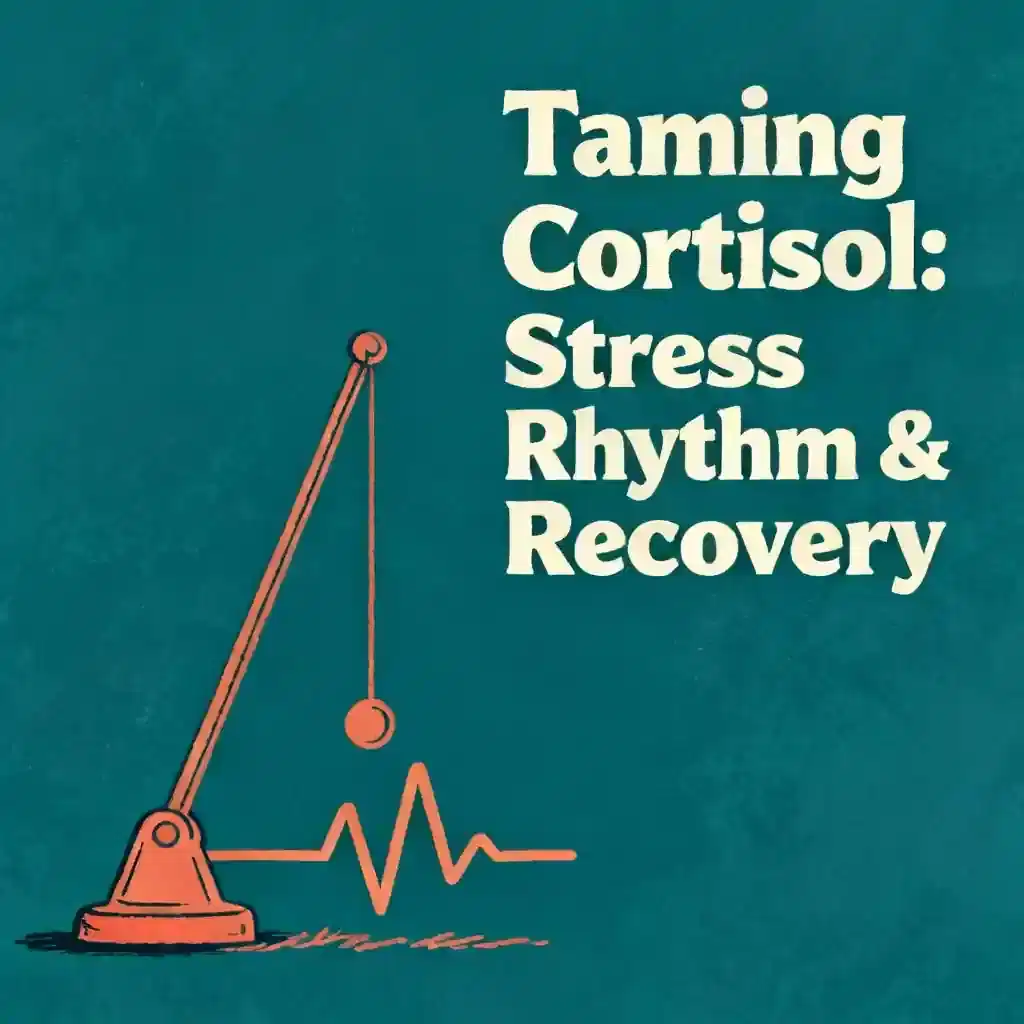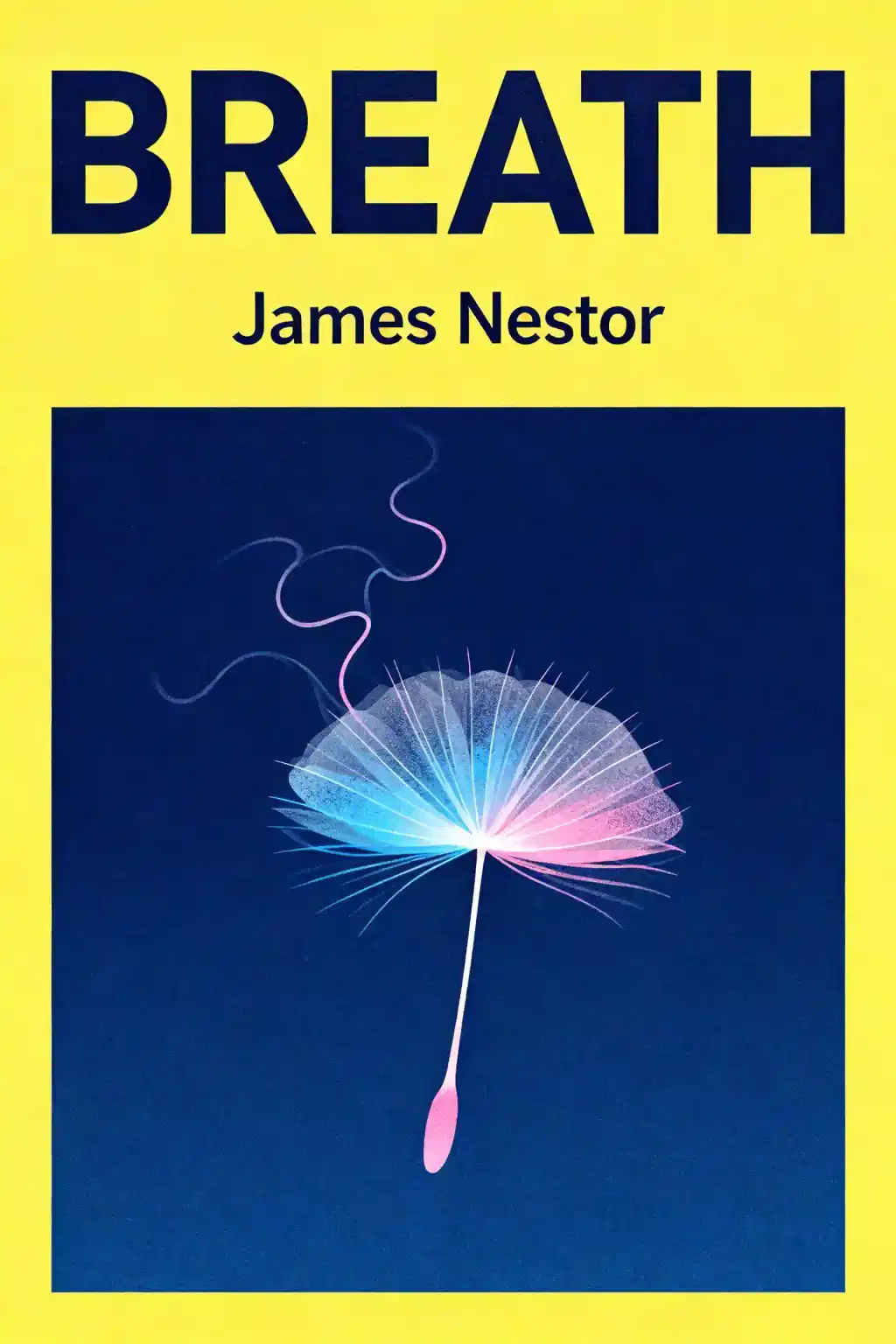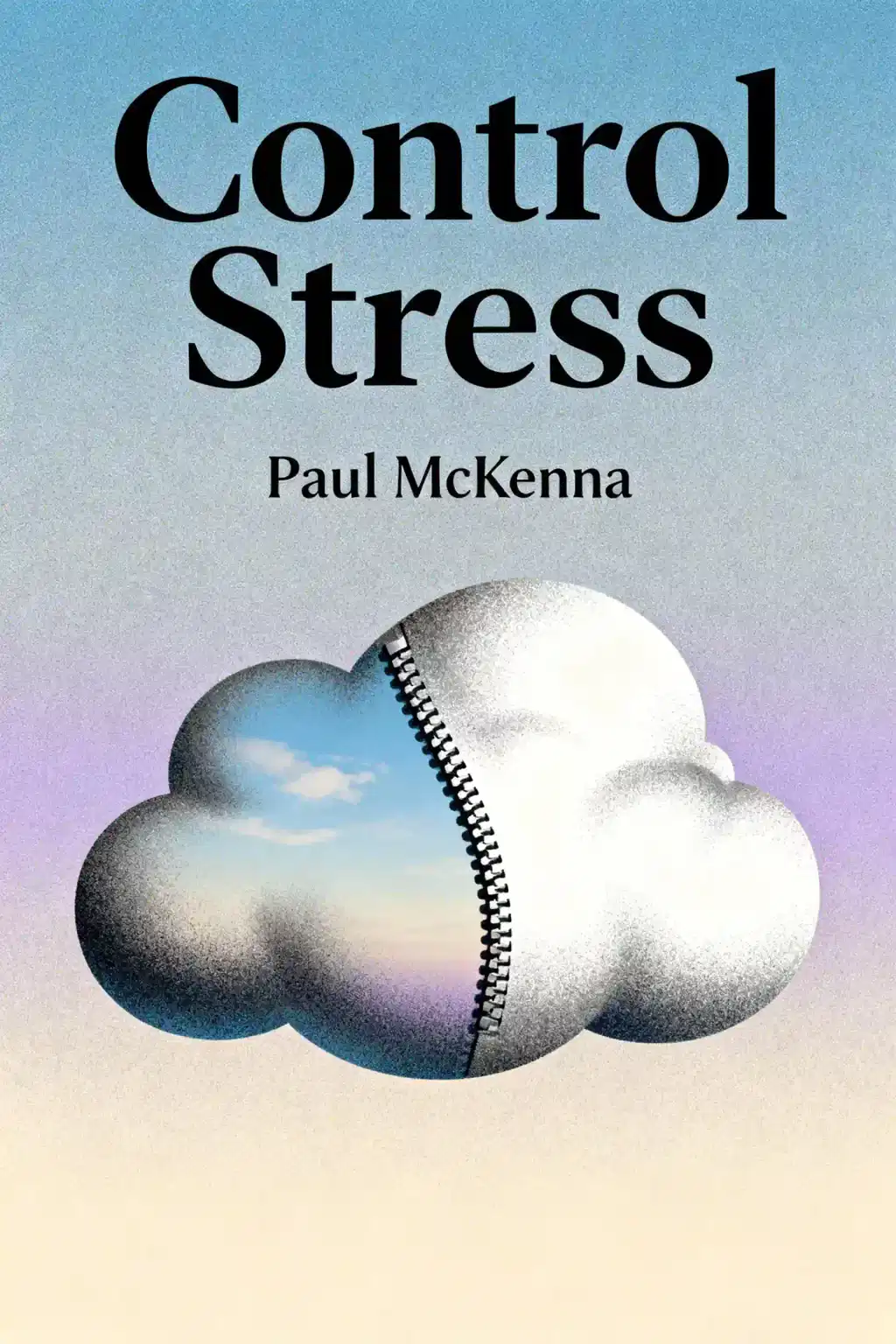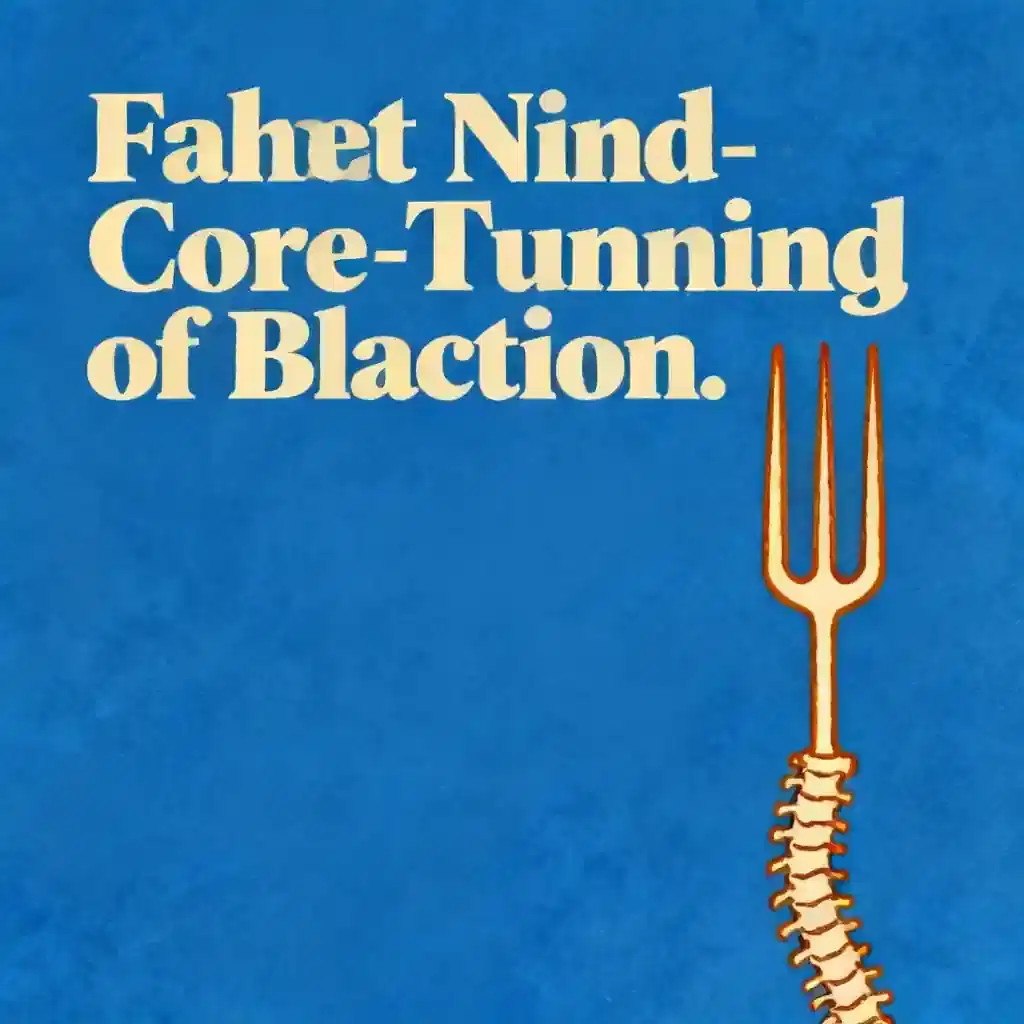What is The Stress of Life about?
The Stress of Life by Hans Selye is a groundbreaking medical text that explains how stress impacts the human body and introduces the concept of General Adaptation Syndrome (G.A.S.). Published in 1956, the book presents stress as a natural physiological response that can be beneficial or harmful depending on how it's managed. Selye explores the connection between chronic stress and disease, arguing that many health conditions arise from the body's inability to adapt effectively to stressors.
Who is Hans Selye and why did he write The Stress of Life?
Hans Selye (1907-1982) was a Hungarian-Canadian endocrinologist who pioneered stress research and is known as the "Einstein of Medicine". He first described the stress concept in a 1936 Nature article and spent decades researching how organisms respond to stressors. Selye wrote The Stress of Life to share his revolutionary findings with both medical professionals and the general public, making it an international bestseller that laid the foundation for modern stress science.
Who should read The Stress of Life by Hans Selye?
The Stress of Life is essential reading for medical professionals, researchers, and anyone interested in understanding the physiological mechanisms behind stress. The book appeals to readers seeking scientific depth as well as practical stress management insights, with Selye structuring it so readers can skim technical details or dive deep into the research. It's particularly valuable for those dealing with chronic stress, health professionals studying psychosomatic medicine, and individuals wanting evidence-based approaches to resilience and wellbeing.
Is The Stress of Life worth reading in 2025?
The Stress of Life remains highly relevant in 2025 as it provides the foundational science behind modern stress research and wellness practices. While published in 1956, Selye's core concepts about adaptation, resilience, and the mind-body connection continue to inform current medical understanding. The book's emphasis on stress management through variety and balance offers timeless wisdom applicable to today's fast-paced, high-stress environments, making it a classic that readers return to repeatedly.
What is the General Adaptation Syndrome (G.A.S.) in The Stress of Life?
The General Adaptation Syndrome (G.A.S.) is Hans Selye's three-stage model describing how the body responds to stress: alarm reaction, resistance, and exhaustion. During the alarm stage, the body releases hormones like cortisol and adrenaline; in resistance, it attempts to adapt and maintain equilibrium; and in exhaustion, prolonged stress depletes resources and compromises health. Understanding G.A.S. is crucial because it reveals how chronic stress can lead to serious health issues when the body cannot adequately recover.
What are diseases of adaptation according to Hans Selye?
Diseases of adaptation are conditions that arise when the body fails to adapt effectively to stressors, leading to maladaptive physiological responses. In The Stress of Life, Selye identifies examples including high blood pressure, kidney diseases, cardiovascular disorders, digestive problems, and inflammatory conditions. These diseases result from hormonal imbalances, particularly involving the adrenal glands, and demonstrate how the body's stress response mechanisms can become harmful when chronically activated.
What is the difference between eustress and distress in The Stress of Life?
Hans Selye distinguishes between eustress (positive stress) and distress (negative stress) in The Stress of Life, recognizing that not all stress is harmful. Eustress provides energy, motivation, and can enhance performance, acting as "the spice of life" that adds excitement and challenge. Distress, conversely, has negative effects on both body and psyche, leading to exhaustion and health problems when chronic. This distinction emphasizes that stress management isn't about eliminating stress entirely but rather optimizing it for wellbeing.
What does Hans Selye mean by "adaptation energy" in The Stress of Life?
Adaptation energy, according to Hans Selye, is an inherited finite reserve that powers our ability to respond to stress and cannot be regenerated. Selye describes two types: superficial adaptation energy that's readily available and can be restored through rest, and deep reserves that act as a frozen backup. When superficial energy depletes during exertion, it draws from deep reserves—a transfer that creates the illusion of recovery while actually depleting our lifetime supply. This concept explains why chronic stress accelerates aging.
What does "stress is the spice of life" mean in Hans Selye's work?
"Stress is the spice of life" is Hans Selye's famous phrase recognizing that stress adds flavor, challenge, and meaning to human existence. Rather than viewing stress as purely negative, Selye argues that appropriate levels of stress (eustress) provide motivation, drive achievement, and make life engaging and worthwhile. The key message is learning to manage stress effectively and seek variety in activities, allowing different body parts to share the workload rather than overusing any single system.
How does The Stress of Life explain the relationship between stress and aging?
Hans Selye proposes in The Stress of Life that aging is essentially the accumulation of stress over time, with each stressful experience leaving an indelible mark. Since adaptation energy is finite and cannot be regenerated, every stressor uses up a portion of our inherited reserves. The book suggests that life is a continuous series of adaptations to our surroundings, and as we deplete our deep reserves through repeated stress responses, we gradually age and lose resilience.
What are the main takeaways from The Stress of Life by Hans Selye?
The Stress of Life emphasizes three core insights: stress is natural and can be beneficial or harmful depending on management; the body's adaptation mechanisms (G.A.S.) determine health outcomes; and many diseases stem from maladaptive stress responses. Selye advocates for "deviation"—frequently shifting activities to distribute stress evenly across the body, similar to rotating car tires for even wear. The book teaches that varying our actions and yielding to natural cravings for variety helps preserve adaptation energy and promotes longevity.
What are the criticisms of The Stress of Life and Hans Selye's work?
While influential, Hans Selye's stress concepts faced criticism from experimental physiologists who found them too vague and unmeasurable during the 1950s. Many scientists questioned the precision of his definitions and the reproducibility of his research findings. Additionally, a posthumous scandal revealed that Selye received extensive funding from the tobacco industry and participated in pro-smoking campaigns, raising ethical concerns about potential conflicts of interest in his research. Despite these controversies, his core concepts remain foundational to stress science.




